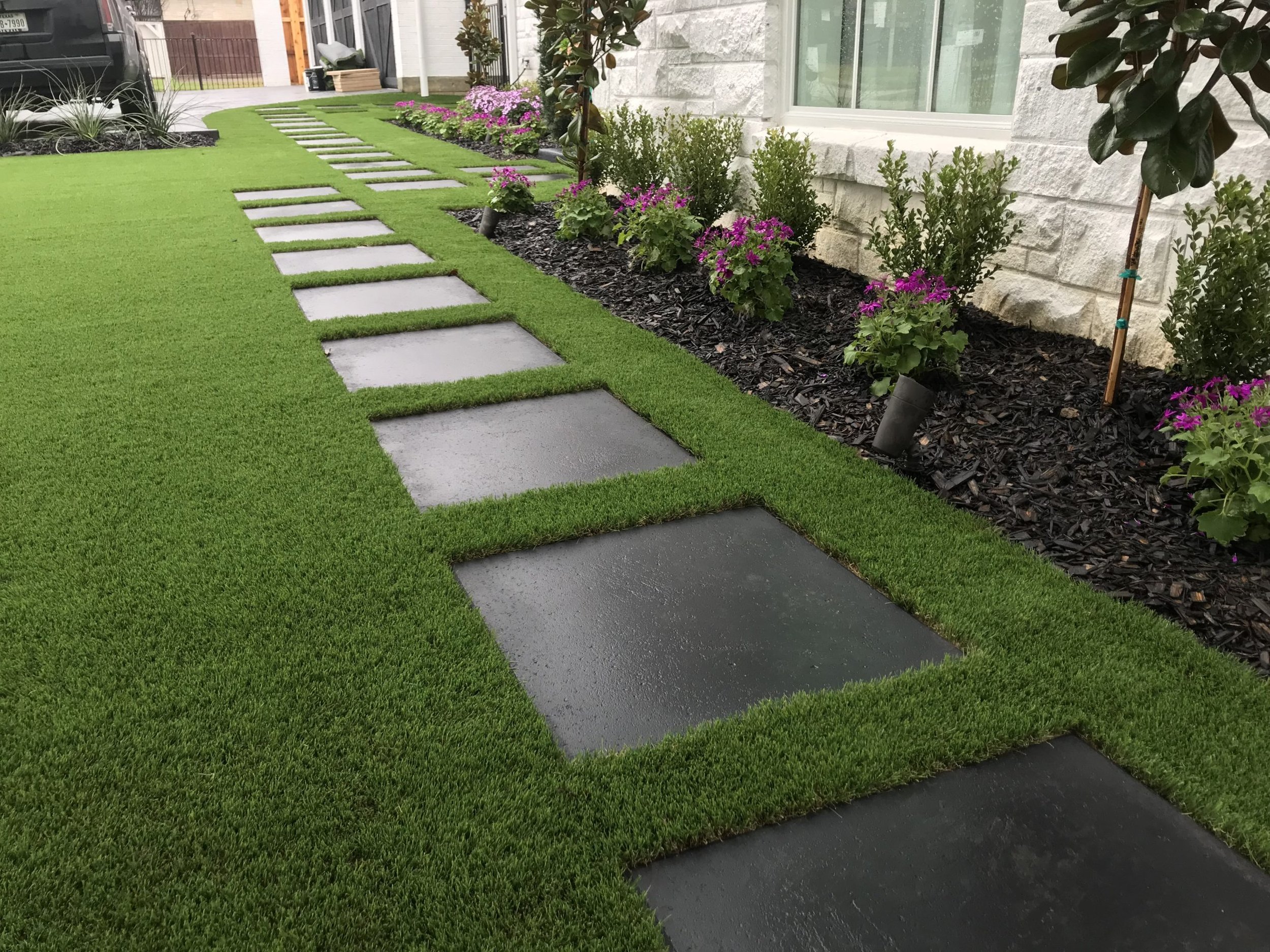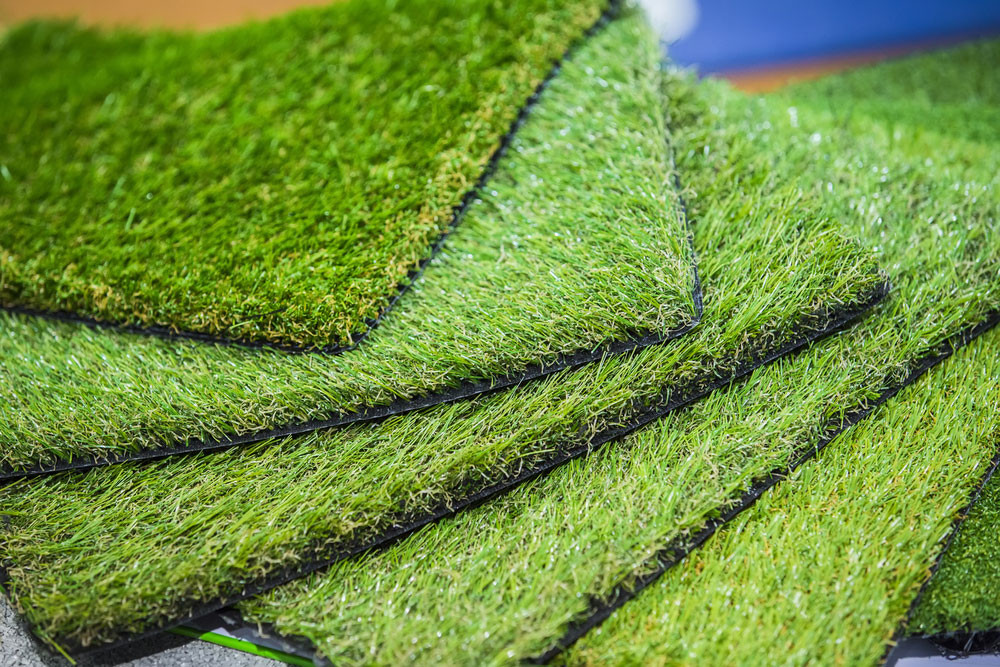Trusted Phoenix Turf Companies Delivering Superior Synthetic Grass Installation
Trusted Phoenix Turf Companies Delivering Superior Synthetic Grass Installation
Blog Article
Look Into the Environmental Conveniences of Opting for Synthetic Grass Solutions
The adoption of man-made grass options presents a compelling chance to deal with pushing environmental challenges. By significantly reducing water usage and lessening the application of harmful chemicals, these options not only promote lasting landscape design yet also safeguard regional environments.
Water Conservation Advantages
Among one of the most considerable advantages of artificial lawn is its capacity to preserve water. Conventional turf yards require significant irrigation, especially in locations vulnerable to drought or water constraints. In contrast, synthetic lawn does not require watering, considerably minimizing the total demand for water sources. This attribute is especially helpful in arid regions where water scarcity is a pushing issue.
By eliminating the requirement for regular watering, synthetic grass adds to sustainable landscape methods and assists alleviate the environmental effect of excessive water usage. The conservation of water expands to the reduction of drainage, which can lead to dirt erosion and waterway air pollution.
Additionally, the installation of artificial lawn enables homeowners and districts to designate water resources more successfully, concentrating on necessary usages such as drinking water and farming. The change towards synthetic grass not only advertises responsible water usage however additionally lines up with wider ecological objectives focused on maintaining all-natural resources.
As neighborhoods significantly focus on sustainability, the water preservation advantages of artificial lawn present a compelling case for its adoption in commercial and residential landscaping projects.
Reduced Chemical Usage
The transition to artificial lawn considerably decreases the reliance on chemical therapies generally made use of in all-natural lawn maintenance. Typical grass administration typically includes the application of fertilizers, herbicides, and pesticides to promote growth and control parasites. These chemicals can posture dangers to human health, local wildlife, and the setting, adding to soil and water contamination.
In comparison, synthetic grass eliminates the demand for these unsafe compounds. Once mounted, it needs minimal maintenance, mainly containing normal cleaning and seldom infill replenishment. This reduction in chemical use not only benefits the instant environment yet also adds to wider ecological stability. By minimizing the launch of synthetic substances into the environment, synthetic turf advertises healthier dirt and water systems.
Additionally, the absence of chemical overflow connected with synthetic grass installments helps secure neighborhood waterways from contamination, sustaining aquatic life and preserving biodiversity. Arizona turf. As communities progressively focus on lasting practices, opting for man-made lawn offers a practical option that straightens with ecological preservation goals. Through this shift, homeowner can delight in rich eco-friendly areas without endangering eco-friendly wellness, leading the way for a more sustainable future
Lower Carbon Footprint

Furthermore, the installation of synthetic grass can lead to significant water preservation. All-natural grass require considerable amounts of water for irrigation, which not only adds to the carbon footprint connected with water removal and therapy yet additionally strains local water resources. In contrast, synthetic grass needs minimal upkeep, requiring no watering, thereby considerably decreasing water usage and its connected energy prices.
In addition, the long life of fabricated lawn adds to its lower carbon effect. With a life expectancy of as much as 15 years look at this website or more, the demand for frequent substitutes is lessened, leading to less waste and lower power intake in manufacturing and throwing away standard turf alternatives. Overall, synthetic grass offers a sustainable alternative for eco aware landscaping.
Habitat Conservation
Habitat conservation is a vital consideration in the debate over landscape design options, particularly when contrasting man-made turf to all-natural lawn. Natural yard lawns frequently call for substantial maintenance, consisting of using chemicals, plant foods, and herbicides, which can negatively impact neighborhood environments. These chemicals can leach into the dirt and waterways, damaging native plants and fauna and interrupting local habitats.
Man-made grass gets rid of the demand for unsafe chemicals, thereby protecting nearby wildlife and maintaining the integrity of surrounding ecosystems. The installation of artificial turf can lead to the conversion of former grass locations right into even more biodiverse landscapes, such as pollinator yards or indigenous plant locations, which can sustain neighborhood wild animals.
Inevitably, the shift to synthetic grass not only conserves water and decreases maintenance efforts yet also fosters a much more unified connection between human activities and the natural environment, advertising habitat preservation at the same time.
Long-Term Sustainability
Lasting sustainability is a critical variable in examining the advantages browse around these guys of synthetic grass over standard turf yards. Among the most substantial benefits of synthetic grass is its durability; it can last approximately 15-20 years with minimal maintenance, whereas natural turf calls for regular reseeding and substitute. This durability decreases the need for consistent resources, such as water, plant foods, and pesticides, which are important for keeping a healthy yard lawn.
In addition, synthetic grass adds to a reduction in carbon discharges connected with yard treatment devices. Typical yards often need gas-powered lawn mowers, leaners, and blowers, all of which add to air pollution. Phoenix turf companies. In contrast, synthetic grass eliminates the requirement for such tools, promoting a cleaner atmosphere
In addition, the production of man-made lawn progressively uses recycled products, enhancing its sustainability profile. As suppliers adopt green methods, the ecological impact of synthetic grass remains to lessen.

Final Thought
The adoption of synthetic grass remedies offers substantial environmental benefits, consisting of considerable water preservation, reduced reliance on dangerous chemicals, and a reduced carbon impact. Moreover, synthetic grass aids in preserving natural environments by decreasing land disruption and advertising long-lasting sustainability with making use of resilient products. Jointly, these factors underscore the capacity of synthetic grass to contribute positively to ecological health and provide a sensible alternative to conventional landscape design techniques in an increasingly resource-conscious world.
In comparison, fabricated lawn does not need watering, considerably minimizing the total need for water sources. By minimizing the release of synthetic compounds into the environment, man-made lawn advertises much healthier dirt and water systems.
In addition, the installation of synthetic turf can result in significant water conservation. In comparison, synthetic grass requires minimal maintenance, calling for no watering, thus dramatically lowering water use and its linked power prices.

Report this page